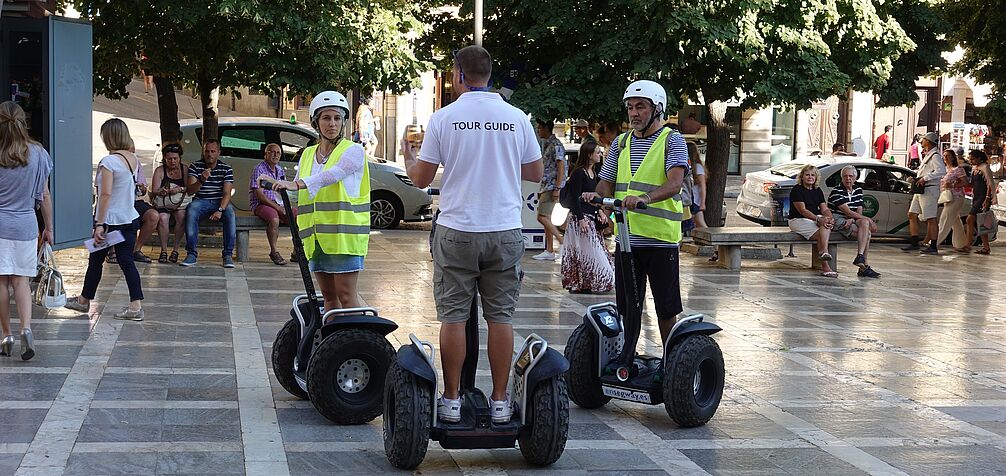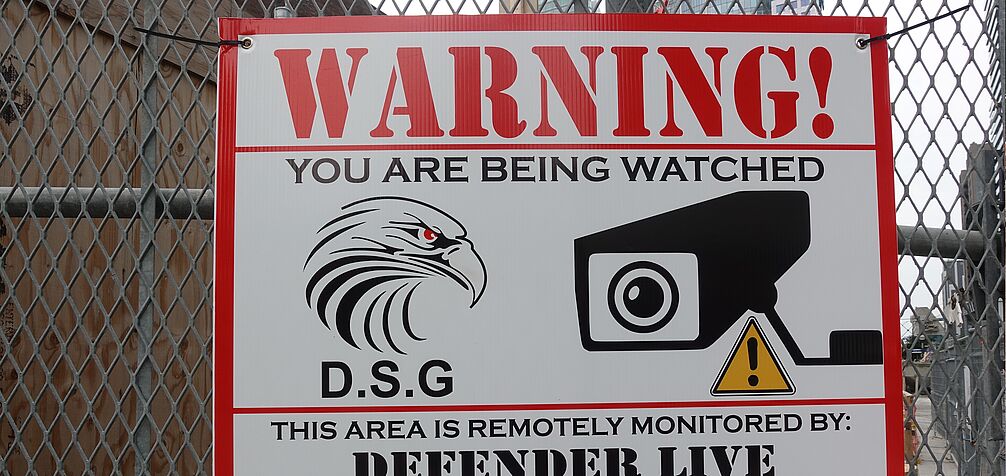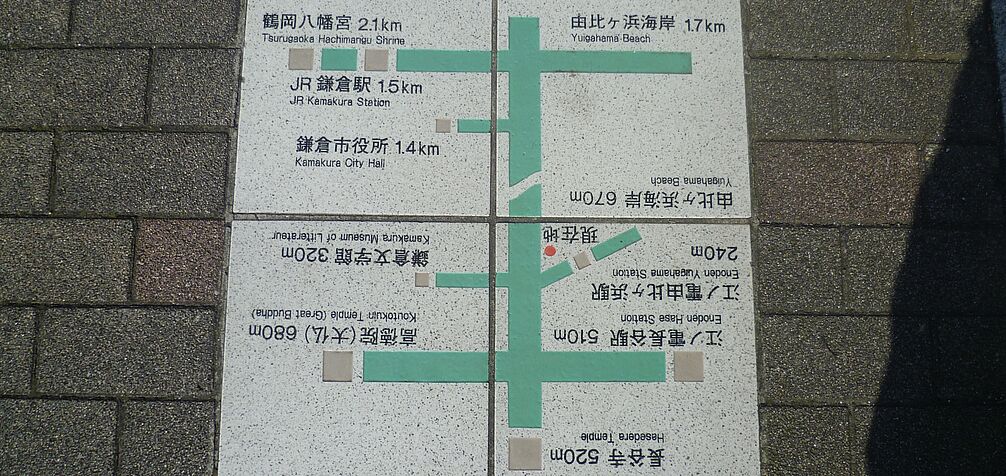Technology and Surveillance
The “information age” (Castells, 1997, 1998), characterised by the massive use of ICTs, have sentenced the “death of distance” (Cairncross, 2001), or at least changed centre-periphery relations, and have led some scholars to describe today’s urbanites as “post-human”, whose perception of the city is filtered by digital devices and applications that provide bespoke experience of the city (Amin and Thrift, 2017: 156), creating multiple maps (Aalbers, 2014). The growing reliance on ICT technologies to devise effective and efficient solutions to complex urban problems and improve living standards have fed into the smart city archetype (Caragliu et al., 2011; Nam and Pardo, 2011), which has gained significant currency in urban studies. However, the increased use of ICTs has also sparked debates about surveillance in cities and about who specifically collects data for what exact purpose (Bauriedl and Strüver, 2018; Kitchin, 2019; Martinez-Balleste et al., 2013).
Technology and Surveillance
Main research questions
How have cities exploited the opportunities offered by ICTs? How smart are cities? How can cities cope with the digital technology’s ambiguities? Is technology helping overcoming class divides or do they reproduce them or simply add a layer of complexity? How do European cities deal with the ambiguities of control and freedom?





